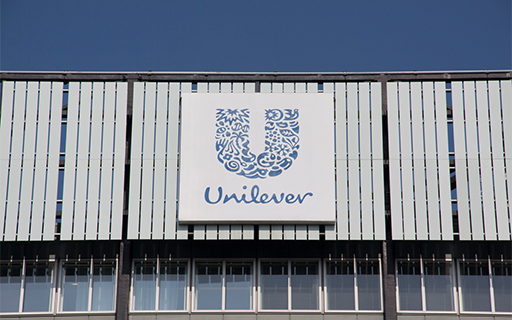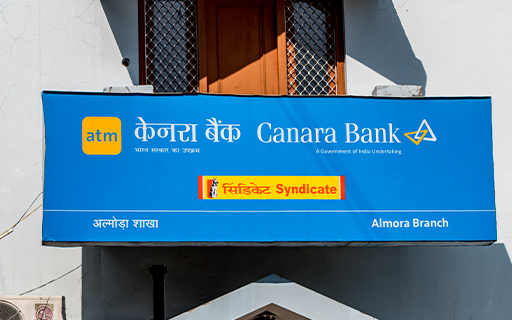- Home
- Archives
Archives... Don't Miss Anything, Ever!
Here you will find all the research and views that we post on Equitymaster. Use the tools to customize the results to suit your preference!
 This Multibagger PSU Stock is Set to Approve Bonus Shares Soon
This Multibagger PSU Stock is Set to Approve Bonus Shares Soon
May 8, 2024
This will be the Maharatna company's third bonus issue. Find key details inside...
 Stocks Profiting from the Surge in Travel Spending in India
Stocks Profiting from the Surge in Travel Spending in India
May 8, 2024
A change in the Indian mindset towards travel & tourism is benefitting these companies.
 TBO Tek IPO Opens for Subscription: 5 Things to Know
TBO Tek IPO Opens for Subscription: 5 Things to Know
May 8, 2024
From grey market premium to price band, here's everything you need to know about this travel distribution platform company's IPO.
 Which Companies Manufacture Defence Aircraft in India?
Which Companies Manufacture Defence Aircraft in India?
May 8, 2024
Are you invested in Indian defence aircraft stocks? Read this...
 Best Midcap IT Stocks: Tata Elxsi vs KPIT Technologies
Best Midcap IT Stocks: Tata Elxsi vs KPIT Technologies
May 8, 2024
In this editorial, we compare the top players in the space Tata Elxsi and KPIT Technologies on key metrics like growth and profitability.
 Stocks Where Promoters Are Increasing 'Skin in the Game'
Stocks Where Promoters Are Increasing 'Skin in the Game' 
May 7, 2024
Adding this Screener Could Make a Big Difference to Your Investment Returns
 Shankar Sharma Buys 365,000 Shares of this Multibagger Smallcap Stock
Shankar Sharma Buys 365,000 Shares of this Multibagger Smallcap Stock
May 7, 2024
Here's why the seasoned investor added this realty stock that has gained 109% in a year.
 Why RattanIndia Power Share Price is Rising
Why RattanIndia Power Share Price is Rising
May 7, 2024
Here's why the company's shares are up 10% in the last 10 days despite volatility in the stock market.
 This Green Energy Stock has Soared 1,000% in Eight Months. Can it Maintain the Momentum?
This Green Energy Stock has Soared 1,000% in Eight Months. Can it Maintain the Momentum?
May 7, 2024
This stock has skyrocketed from Rs 118 to Rs 1,939 in just eight months. Here's What Comes Next...
 Should You Worry About HUL's Lost Decade Again?
Should You Worry About HUL's Lost Decade Again?
May 7, 2024
Despite the lost decade, the company trumped most peers in returns over 24 years.
 How to Find the Best Indian Companies by Return on Equity
How to Find the Best Indian Companies by Return on Equity
May 6, 2024
How to go about finding the top stocks in India based on return on equity? Find out...
 Why Canara Bank Share Price is Falling
Why Canara Bank Share Price is Falling
May 6, 2024
The stock is down 5% in the last five days.
 A Backdoor Stock to Profit from the Great Indian Railway Boom
A Backdoor Stock to Profit from the Great Indian Railway Boom
May 6, 2024
With India's railway sector poised for take off, this proxy railway company is ready to ride the wave. More details inside...
 Can You Double Your Money in HDFC Bank and Kotak Mahindra Bank?
Can You Double Your Money in HDFC Bank and Kotak Mahindra Bank?
May 6, 2024
Can the stocks of HDFC and Kotak Mahindra Bank double from here? Find out...
 Top Railway Shares in India 2024: Railway Companies to Add to Your Watchlist
Top Railway Shares in India 2024: Railway Companies to Add to Your Watchlist
May 5, 2024
These lesser-known companies are prime candidates to benefit from this decade's railway investment boom.
 Massive Breakout on Charts! 5 Stocks Hitting Multi-Year Highs
Massive Breakout on Charts! 5 Stocks Hitting Multi-Year Highs
May 5, 2024
The Indian stock market has been on a tear in 2024, and several stocks are breaking out to multi-year highs.
 Best Chemical Stock: Deepak Nitrite vs SRF
Best Chemical Stock: Deepak Nitrite vs SRF
May 4, 2024
The Indian chemical sector is finally out of the woods and these two companies are all set to ride the growth wave.
 Best EV Battery Maker: Exide Industries vs Amara Raja Energy & Mobility
Best EV Battery Maker: Exide Industries vs Amara Raja Energy & Mobility
May 4, 2024
Government initiatives like PLI and electrification of India's vehicle fleet by 2030 are set to boost the battery production in India, which is a win-win for these two EV battery makers.
 Forget AC Stocks and Focus on These Companies Making Summer Products
Forget AC Stocks and Focus on These Companies Making Summer Products
May 4, 2024
These four non-AC stocks could be worth tracking this summer
 HDFC & Kotak Bank: DOUBLE or Trouble?
HDFC & Kotak Bank: DOUBLE or Trouble? 
May 3, 2024
A critical look at Can HDFC and Kotak Bank stocks double your money?

